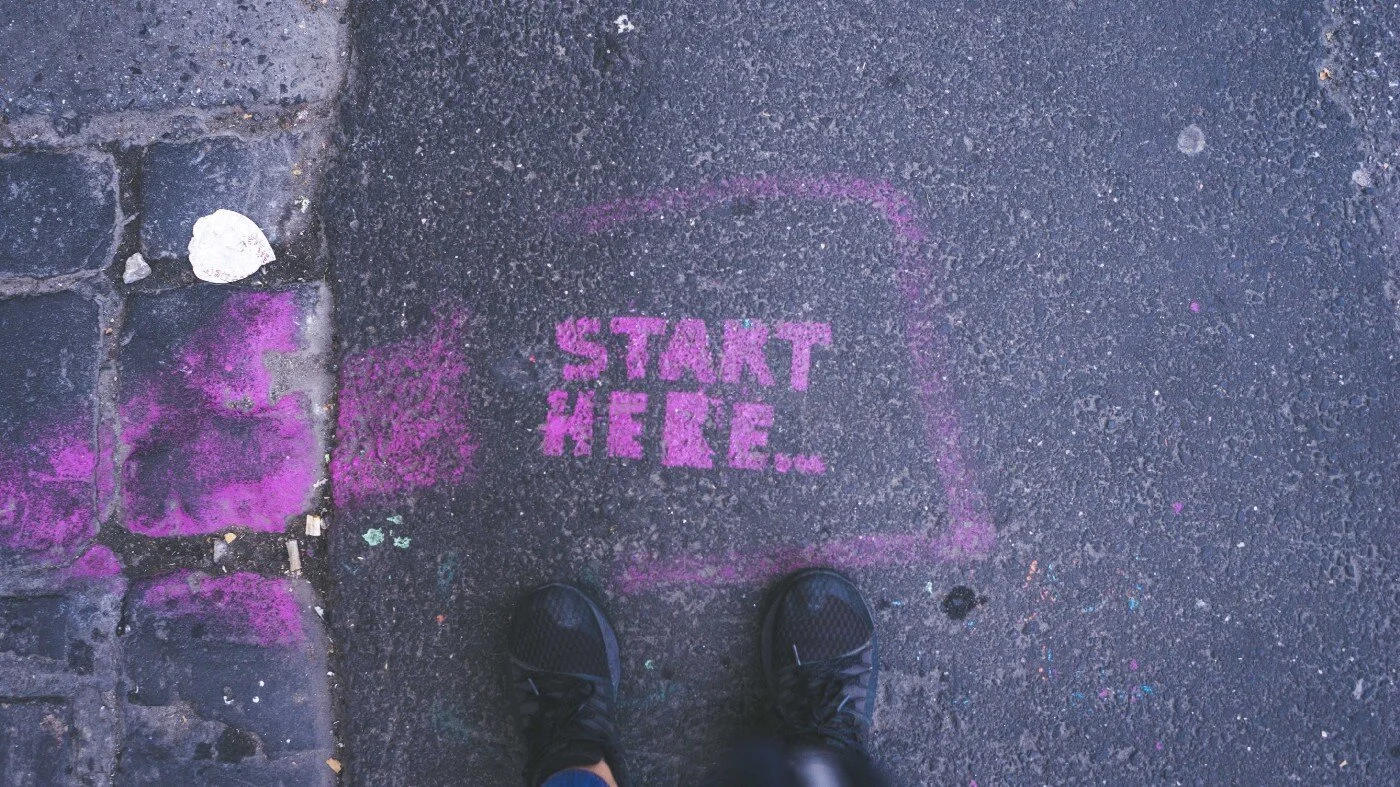Beyond Communication & Towards Engagement
As a kid I vividly remember negotiating chores with my mom, especially cleaning my room. I loathed the task. However, there was one special trick to getting me to clean my room that worked equally for my mom and me. It was very simple, I needed only for my mom to sit on my bed in my room and chat with me while I cleaned. She would listen to me and share tips on how to clean, while ensuring that by time I finished, my room was spotless and met her standards. Possibly, our conversation was a simple distraction. However, I’d like to think that my mom’s presence, guidance, and energy took what was a boring and uninteresting task and morphed it into a task full of life and body because I could talk to my mom while cleaning. I believe my mom engaged me.
Of course, cleaning my room as a child is no diversity or inclusion task; however, to me it points to an important distinction between communication and engagement that has existed for many years for me. Communication explains what needs to get done with an expectation that one can just do it. Engagement explains what needs to get done and assumes that an experience is necessary to try-on, understand, and feel the outcome or result. Communication focuses mostly on the sender of information. Engagement focuses on the experience of the receiver of information.
Collectively, in organizations we are reared to believe that we can explain a task or give a directive, and to whomever it is directed, it will be completed. For simple tasks this is efficient and works. However, for complex and involved tasks a directive or explanation often falls short. Each of us has experienced this; we’ve shared the how-to’s or rationale and received blank stares or false starts to the commencing or completion of a task. We’ve wondered to ourselves: “Why couldn’t they just do the thing I asked?” And, in our bewilderment, rarely do we reflect on how we could have engaged and really embodied what we were asking.
Communicating an expected result works on the precondition that you have either previously done the thing you have been asked to do, or you know how to do it so well that no other assistance is necessary; this is rarely true when we think of the asks in the diversity and inclusion space. In diversity and inclusion work, we are often asking people to do new or do differently. These asks include, for example, defining what is meant by diversity and inclusion, utilizing inclusive decision making, saying gender pronouns, or mitigating implicit bias. These asks are new to a lot of people. Further, diversity and inclusion efforts implicate our lived experiences and can be very personal. The closeness of these efforts to oneself necessitate a deeper exploration than what can be offered through simple communication. The value of engagement for diversity and inclusion is linked to the idea that we all have a relationship and history with diversity and inclusion; we know what and when it feels like we are being represented well, and made to feel a part of something. This is core to our humanity and connected to our personhood.
Often, communicating is static, while engagement is dynamic. Engagement ensures that one has not only accurately interpreted what was communicated, engagement also achieves personal meaning. And the explicit connection to diversity and inclusion is that we all have some personal stake and experience in diversity and inclusion efforts. As a result, personal meaning making is necessary.
In my first post as a chief diversity officer, I recall early in my time communicating the importance of diversity and inclusion to my senior leader colleagues. Each was in agreement; they also believed in this work. A first step in our shared work was defining diversity and inclusion so my colleagues, the heads of human resources, finance, information technology and other departments could operationalize our shared definition and start to carve out small ways to advance this work in their units.
On the surface, defining seems like a basic task; yet, it is hard to do with loaded terms like diversity and inclusion. I knew enough to know that my colleagues needed to engage and experience defining diversity and inclusion together before they could translate the definition into something meaningful enough to operationalize. At a senior staff meeting, we engaged in a brief exercise that explored our associations with the terms, observations of seeing it in action, and first thoughts on how to bring the terms to life in our respective departments. At the end of the session, my colleagues commented on how useful the exercise was; it was the first time they thought about the definitions of diversity and inclusion that made it personal to their work. To me, this step was necessary to establishing school-wide definitions.
Other examples of diversity initiatives include trainings, book clubs, and employee resource groups. When these efforts are new, we often communicate about them, and expect that staff, students, or faculty know exactly what these efforts are, what they mean for the community, and what the expected outcome is from participating. While each initiative may be self-evident from its descriptive title, communicating about them alone does not spawn participation or full adoption. For these initiatives, inviting people into the experience, communicating the benefits, and fully soaking the community in so that they feel the initiatives are ways to really engage.
Steps to Engagement
I think it is helpful to consider engagement in phases or steps; if you google this, you’ll be overwhelmed by the options. However, here is a simple set of steps that are helpful in engaging diversity and inclusion work.
The first step is inviting. In this step you are bringing people into the experience, tasks, or initiative — it’s is distinct from announcing, because inviting focuses on people feeling apart.
The second step is socializing. In this step, one is helping others to try on the initiative. One is also shopping the initiative around a bit, breaking down parts and getting reactions to it. A large critique of diversity work in higher education is that many people feel like it is thrusted on them, and they have no say in their participation. The inviting and socializing steps mitigates this common response.
The last step is experimenting and doing it. When engaging diversity and inclusion, you create a low stakes environment where people can make mistakes before it matters concretely or with consequences. For instance, you may be enacting a new inclusive decision-making protocol; experimentation would enable senior leaders to facilitate inclusive decision making with peers and give feedback about the protocol before doing it with their respective teams.
Engagement in diversity and inclusion work is excellent for buy-in and learning what an organizational culture can adapt to and hold. The information one learns from engagement is imperative; insights regarding the capacity of team members to exact whatever the diversity and inclusion task, initiative, or program may be asking of them are illuminated. While time may not always favor a process of engagement, and simple communication may be necessary, it is worth considering and pushing for deeper engagement when possible.
Domonic Rollins
Author’s note: This piece was originally written for Spark, a publication by the National Center for Institutional Diversity at the University of Michigan. [https://medium.com/national-center-for-institutional-diversity/beyond-communication-and-towards-engagement-of-diversity-inclusion-efforts-663599846814]


